It's time for me to wrap up this figure, put him aside and move on to the next one...
When I first received this item many, many Moons ago, he had no arms. It was a double amputee, if you wish. Later, I purchased a pair of arms online and then set to work restoring this figure. What I was unaware of at the time was the elbow on the right arm was lightly damaged. Nothing too distracting, just a spur missing from the elbow. All the same, the parts were welcome. Once the arms were attached, work on the figure stalled for about 6 months. I needed more parts to get the figure up to a decent display worthy state. I knew facsimile parts would be the way to go - the overall quality of the figure just didn't warrant spending too much money on genuine parts. I just wanted to get the figure looking good rather than be incomplete and, well, 'naked'.
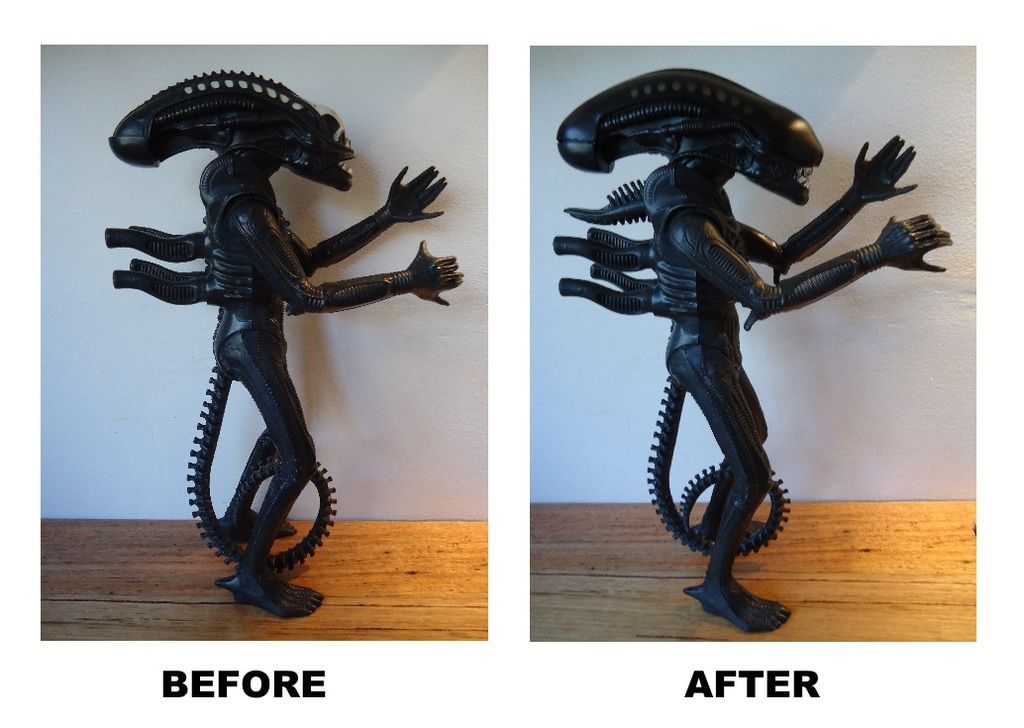
(Left) Douglas Adams prior to receiving his makeover. The absence of various parts is obvious when compared to the completed
figure (Right) repopulating it's vacant spaces with facsimiles. Also note the missing spur on the elbow of the right arm. To fix this
damage, the entire arm was replaced.
Now that I have those parts the figure is as complete as can be expected. A number of critical vacant spaces have been filled on it and I'm happy with the result. Reproduction teeth (x2), split tongue (x2), carapace and crest have all gone a long way to improve its presentation.

The upper image is of a 100% fully original figure. Note the differences on the restoration figure at the bottom. The carapace is obviously
darker and a subtle bulbous change in shape is present at the front of the piece. Also note the very slight difference in presentation of the
teeth and split tongue pieces. The restoration figure's teeth are slightly dull and have less sheen to the chrome teeth in the upper image.
As part of the figure's refurbishment, I acquired another pair of genuine arms and the damaged elbow on the right arm is now no longer an issue. That replacement was a straight swapping out of the parts and not a difficult process. Indeed, it's a routine exercise of dismantling the figure - something I have done many, many times. I still have the right arm with the damaged spur and it will be used in my next Project. This next item I will be working on will be the previously postponed customised figure I was originally going to engage in. It will be next.

Both figures side by side. The carapace is clearly different and the one on the restoration figure (Right) is almost opaque when compared to
the original piece. You can also detect differences in the quality of the mouth parts here as well. Importantly, it's impossible to determine
whether the crest is original or not on the restoration figure. Always ask vendors if any reproduction parts have been used on the figure.
Just because a figure is 'feature complete' doesn't mean you are getting what you are paying for.
As for Douglas Adams, he's as good as he's going to get. He will no longer be considered 'mostly 'armless'. All of his fresh parts have substantially contributed to taking an otherwise sub-par (average at the very best) condition figure and transform it into something that is considerably more presentable. I know some people will shun the use of repro parts. They advocate the use of either original or nothing as far as they are concerned; and I completely understand where they are coming from. Unfortunately, original parts are limited in number and are only available from Karcasses of wrecked figures that were made in 1979. You don't come across them very often and when you do, they are expensive.
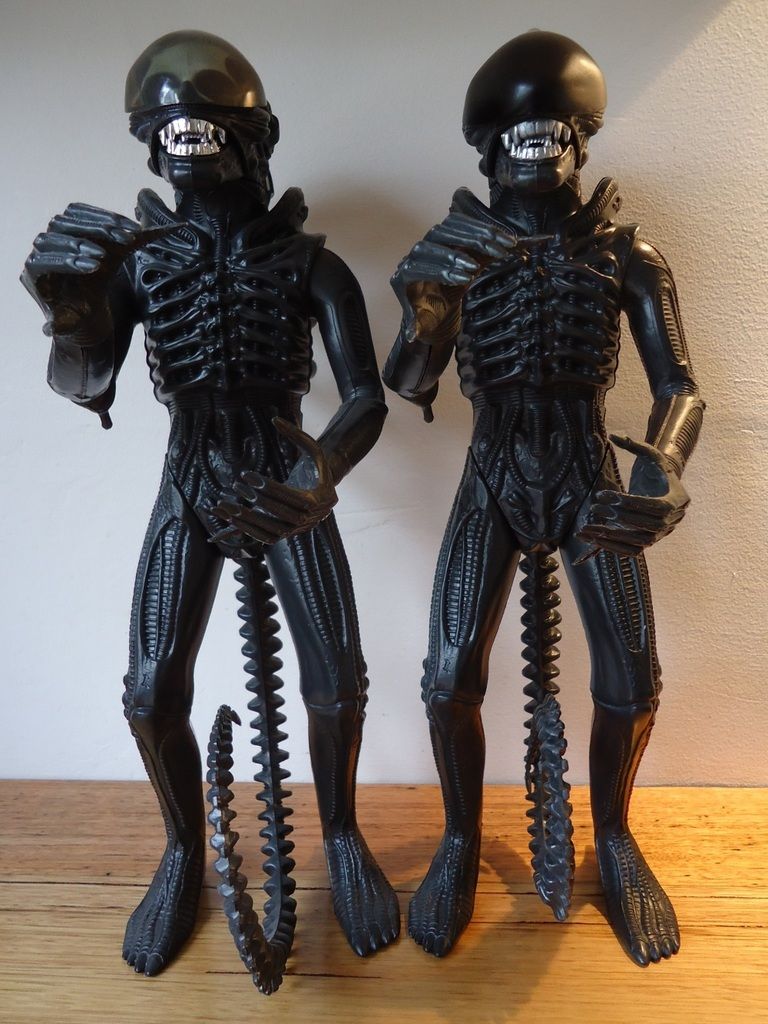
Here's both figures from the front. Once again, the teeth and carapace are detectable as different. Note that the right arm on the
restoration figure now has its elbow spur in place. This arm was replaced with an original piece.
On the other hand, there are quite literally, dozens of these old figures - if not hundreds or even thousands of them - in similar states to this one around the World that will otherwise never be fully restored without the use of such parts. The only way to have their condition improved is to employ reproduction parts. I prefer not to use them; but if it means the difference between a figure that looks like a derelict cripple only good for cannibalising; and a figure that looks complete, then I will use them. As far as I am concerned,they are a resource to be used. Unfortunately, like any valuable resource, such replica parts can be used, misused or abused. It's really up to individuals to make their own judgment call on this issue as there are no Rules. Be mindful of this when purchasing one of these 30+ year old vintage figures.
Next, I will tackle one of these old figures in a very different manner. I'll be doing something that goes against what I would normally consider appropriate. That is, modifying one and generating a custom item out of it. I'm still waiting for some materials to arrive in order to tackle this process so getting started may take some delay.
-Windebieste.
When I first received this item many, many Moons ago, he had no arms. It was a double amputee, if you wish. Later, I purchased a pair of arms online and then set to work restoring this figure. What I was unaware of at the time was the elbow on the right arm was lightly damaged. Nothing too distracting, just a spur missing from the elbow. All the same, the parts were welcome. Once the arms were attached, work on the figure stalled for about 6 months. I needed more parts to get the figure up to a decent display worthy state. I knew facsimile parts would be the way to go - the overall quality of the figure just didn't warrant spending too much money on genuine parts. I just wanted to get the figure looking good rather than be incomplete and, well, 'naked'.

(Left) Douglas Adams prior to receiving his makeover. The absence of various parts is obvious when compared to the completed
figure (Right) repopulating it's vacant spaces with facsimiles. Also note the missing spur on the elbow of the right arm. To fix this
damage, the entire arm was replaced.
Now that I have those parts the figure is as complete as can be expected. A number of critical vacant spaces have been filled on it and I'm happy with the result. Reproduction teeth (x2), split tongue (x2), carapace and crest have all gone a long way to improve its presentation.

The upper image is of a 100% fully original figure. Note the differences on the restoration figure at the bottom. The carapace is obviously
darker and a subtle bulbous change in shape is present at the front of the piece. Also note the very slight difference in presentation of the
teeth and split tongue pieces. The restoration figure's teeth are slightly dull and have less sheen to the chrome teeth in the upper image.
As part of the figure's refurbishment, I acquired another pair of genuine arms and the damaged elbow on the right arm is now no longer an issue. That replacement was a straight swapping out of the parts and not a difficult process. Indeed, it's a routine exercise of dismantling the figure - something I have done many, many times. I still have the right arm with the damaged spur and it will be used in my next Project. This next item I will be working on will be the previously postponed customised figure I was originally going to engage in. It will be next.

Both figures side by side. The carapace is clearly different and the one on the restoration figure (Right) is almost opaque when compared to
the original piece. You can also detect differences in the quality of the mouth parts here as well. Importantly, it's impossible to determine
whether the crest is original or not on the restoration figure. Always ask vendors if any reproduction parts have been used on the figure.
Just because a figure is 'feature complete' doesn't mean you are getting what you are paying for.
As for Douglas Adams, he's as good as he's going to get. He will no longer be considered 'mostly 'armless'. All of his fresh parts have substantially contributed to taking an otherwise sub-par (average at the very best) condition figure and transform it into something that is considerably more presentable. I know some people will shun the use of repro parts. They advocate the use of either original or nothing as far as they are concerned; and I completely understand where they are coming from. Unfortunately, original parts are limited in number and are only available from Karcasses of wrecked figures that were made in 1979. You don't come across them very often and when you do, they are expensive.

Here's both figures from the front. Once again, the teeth and carapace are detectable as different. Note that the right arm on the
restoration figure now has its elbow spur in place. This arm was replaced with an original piece.
On the other hand, there are quite literally, dozens of these old figures - if not hundreds or even thousands of them - in similar states to this one around the World that will otherwise never be fully restored without the use of such parts. The only way to have their condition improved is to employ reproduction parts. I prefer not to use them; but if it means the difference between a figure that looks like a derelict cripple only good for cannibalising; and a figure that looks complete, then I will use them. As far as I am concerned,they are a resource to be used. Unfortunately, like any valuable resource, such replica parts can be used, misused or abused. It's really up to individuals to make their own judgment call on this issue as there are no Rules. Be mindful of this when purchasing one of these 30+ year old vintage figures.
Next, I will tackle one of these old figures in a very different manner. I'll be doing something that goes against what I would normally consider appropriate. That is, modifying one and generating a custom item out of it. I'm still waiting for some materials to arrive in order to tackle this process so getting started may take some delay.
-Windebieste.

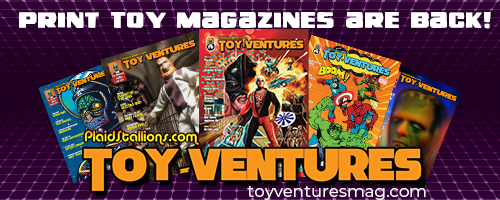

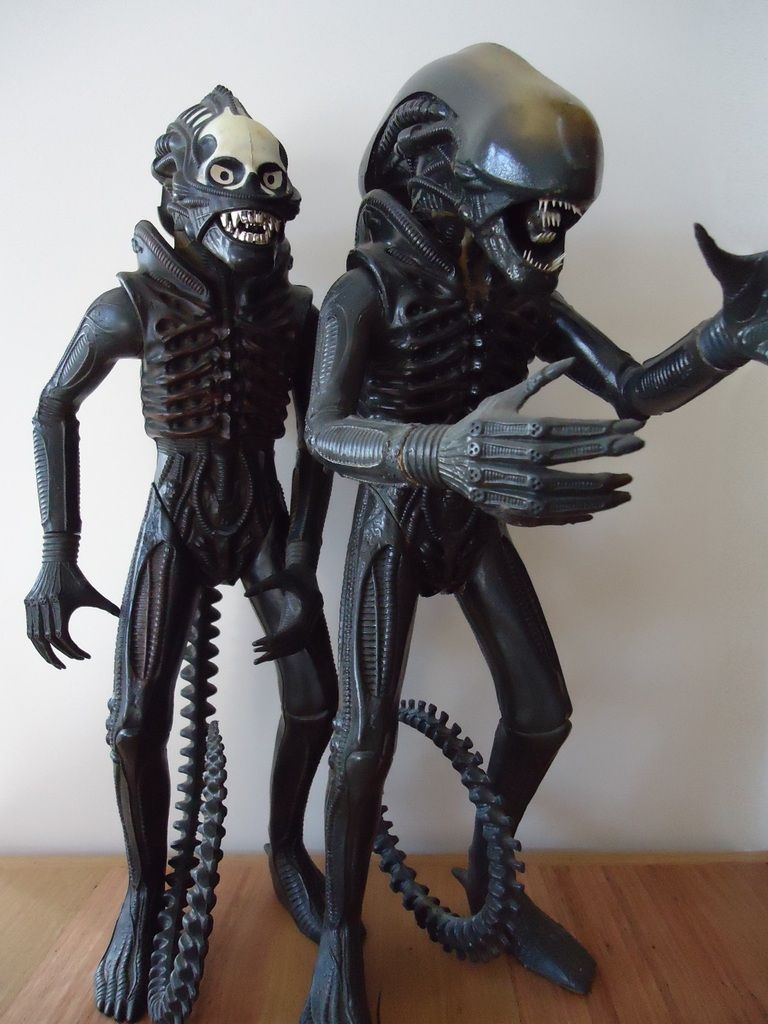
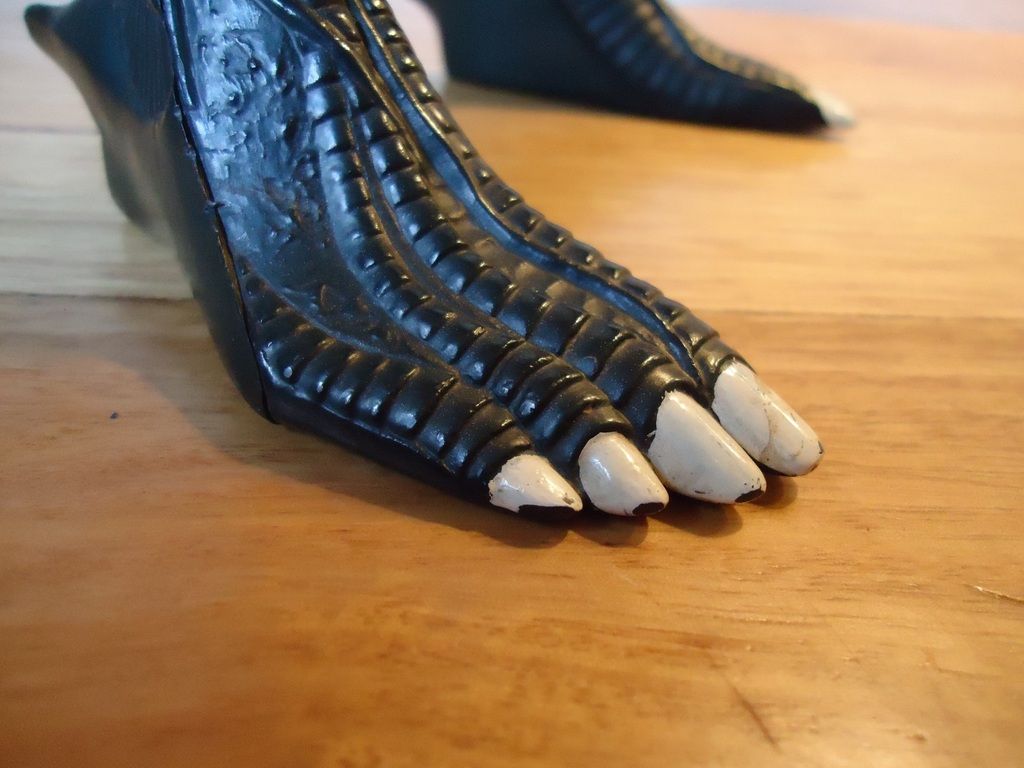



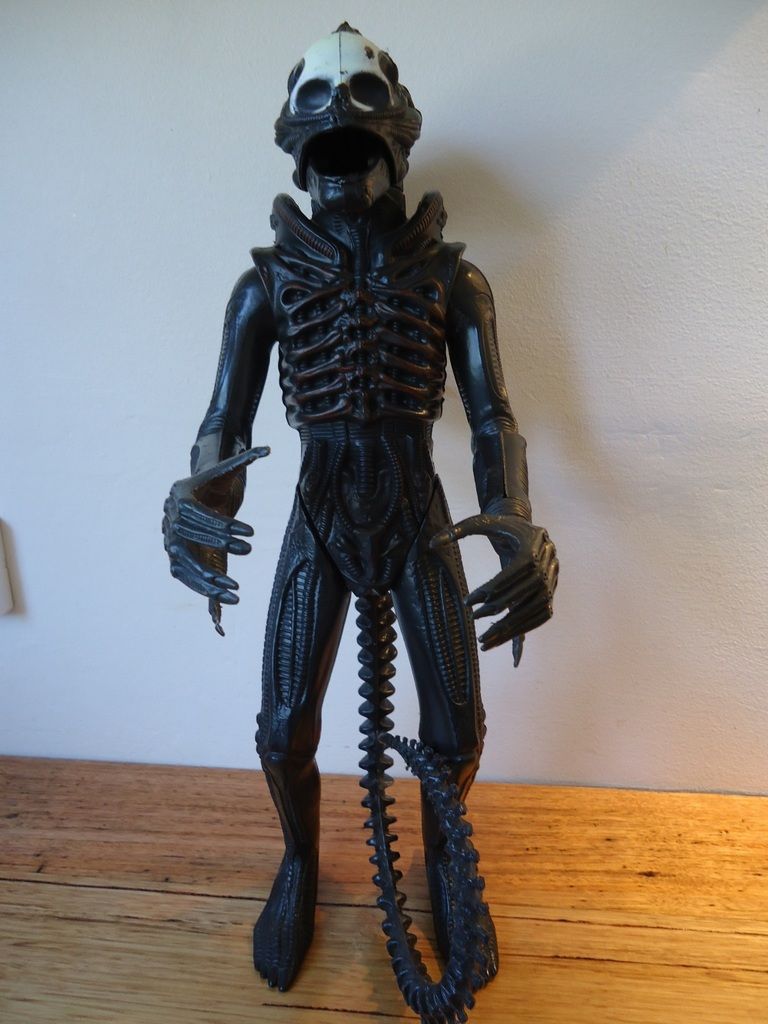
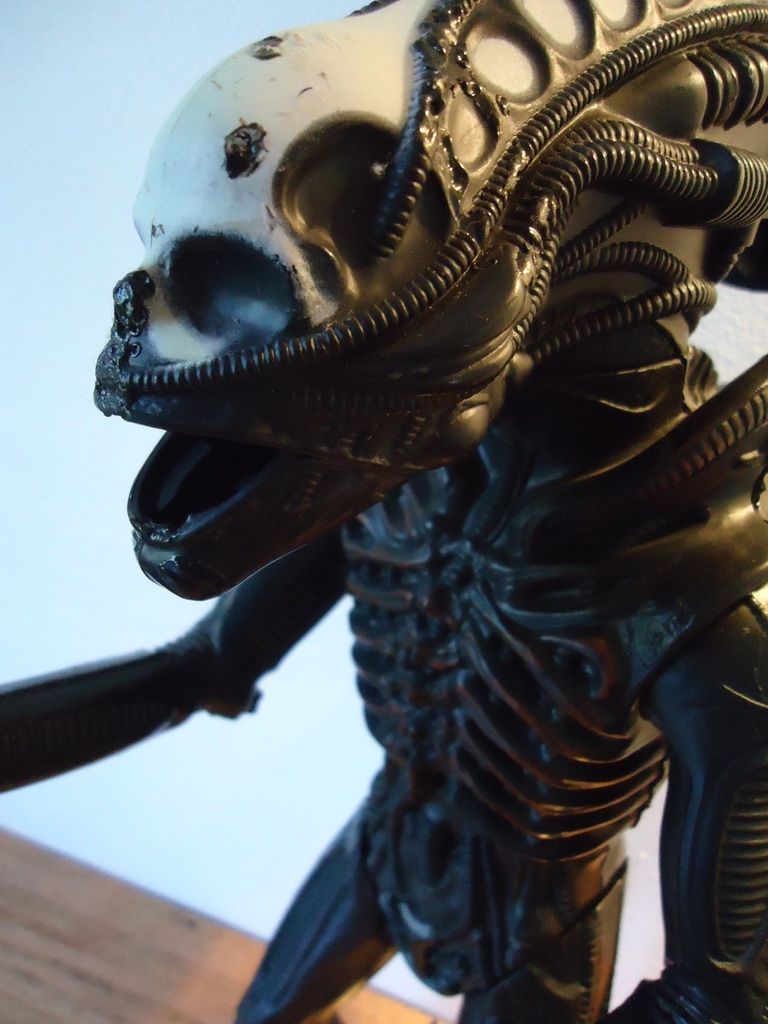
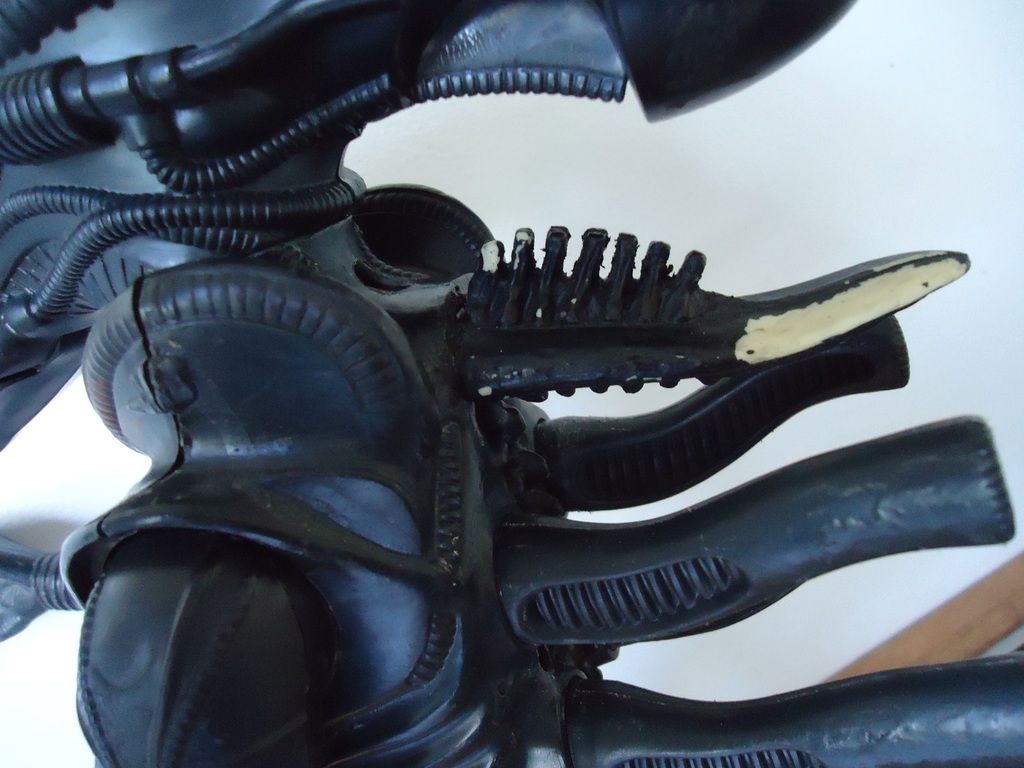
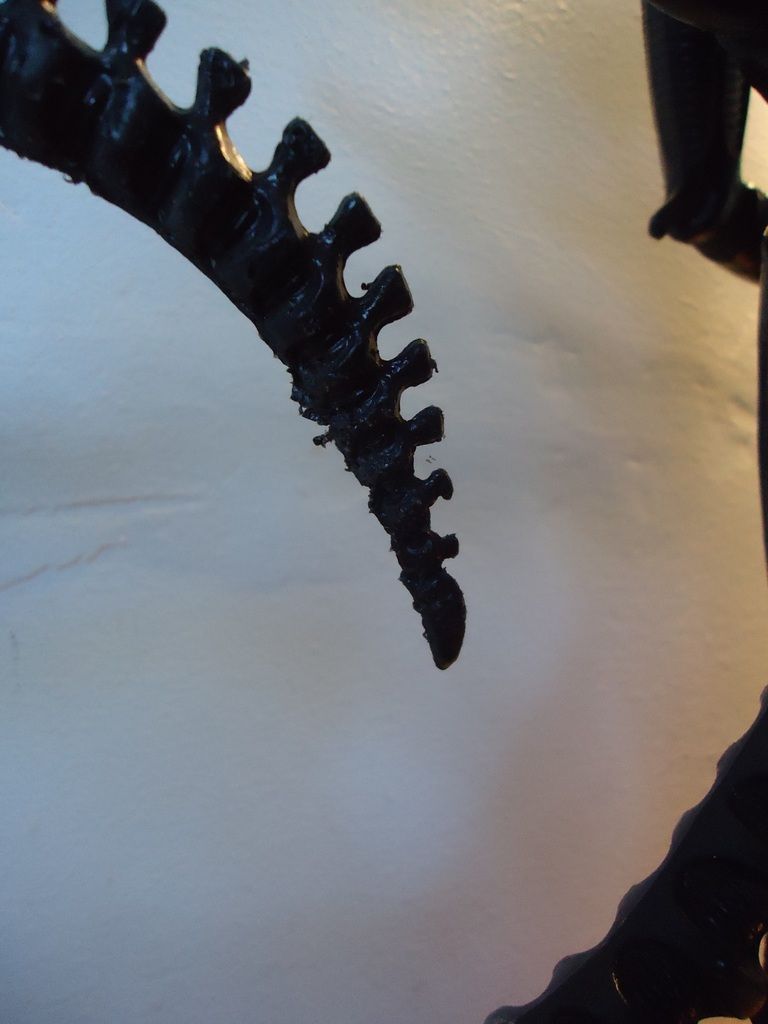

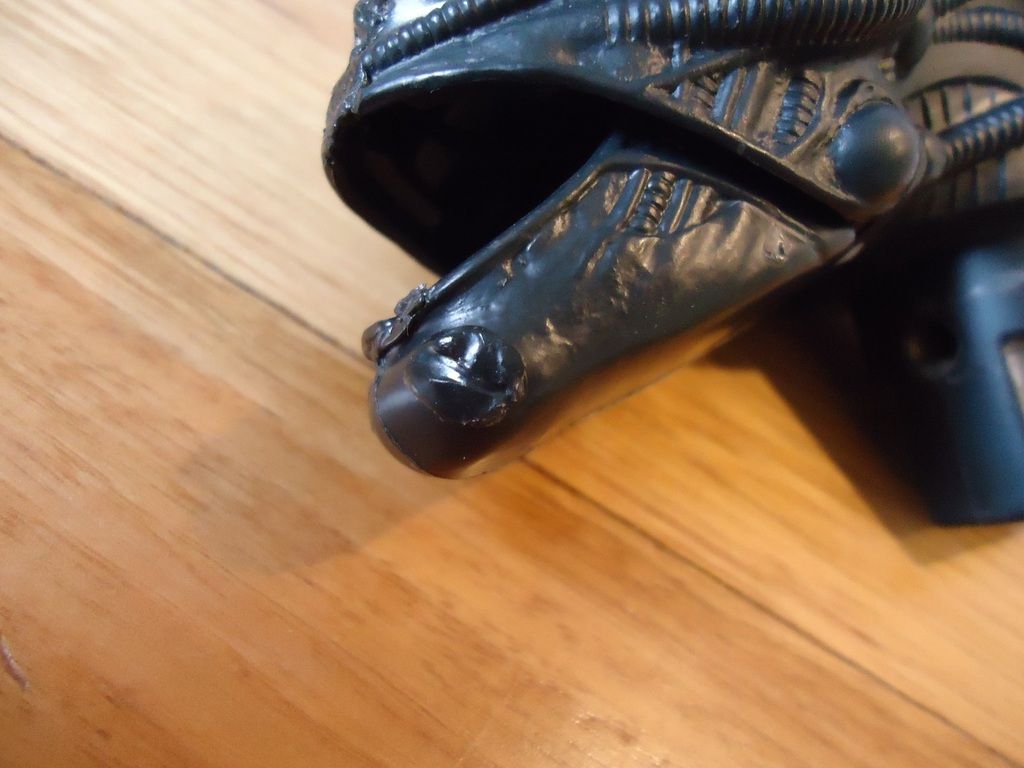

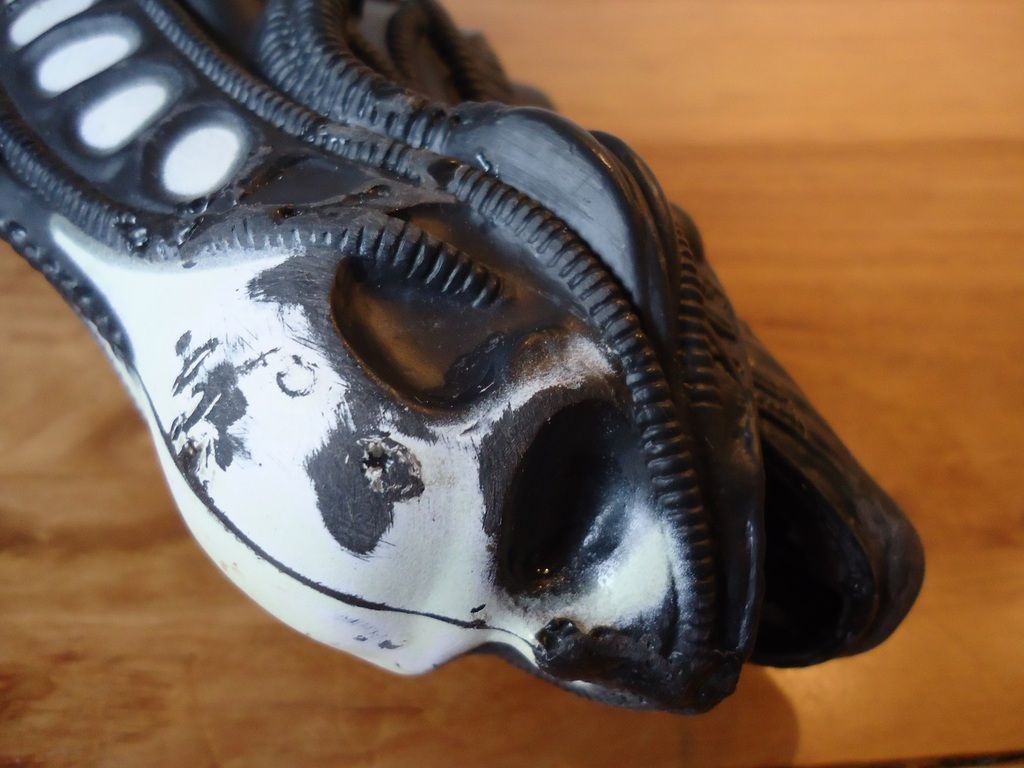
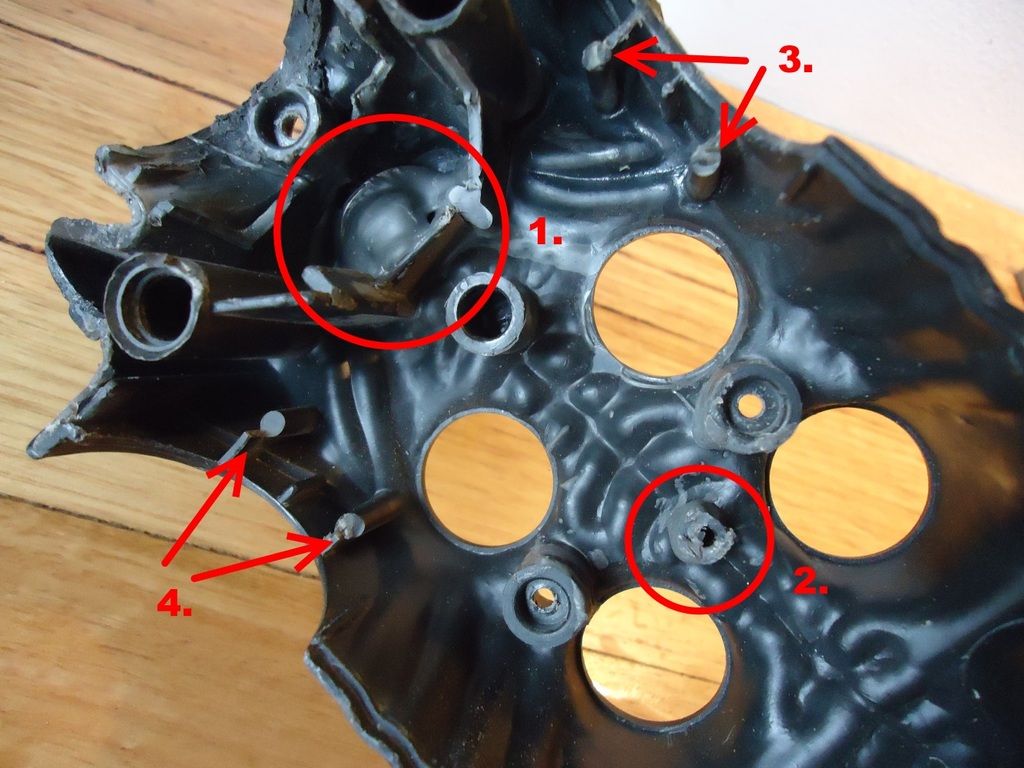
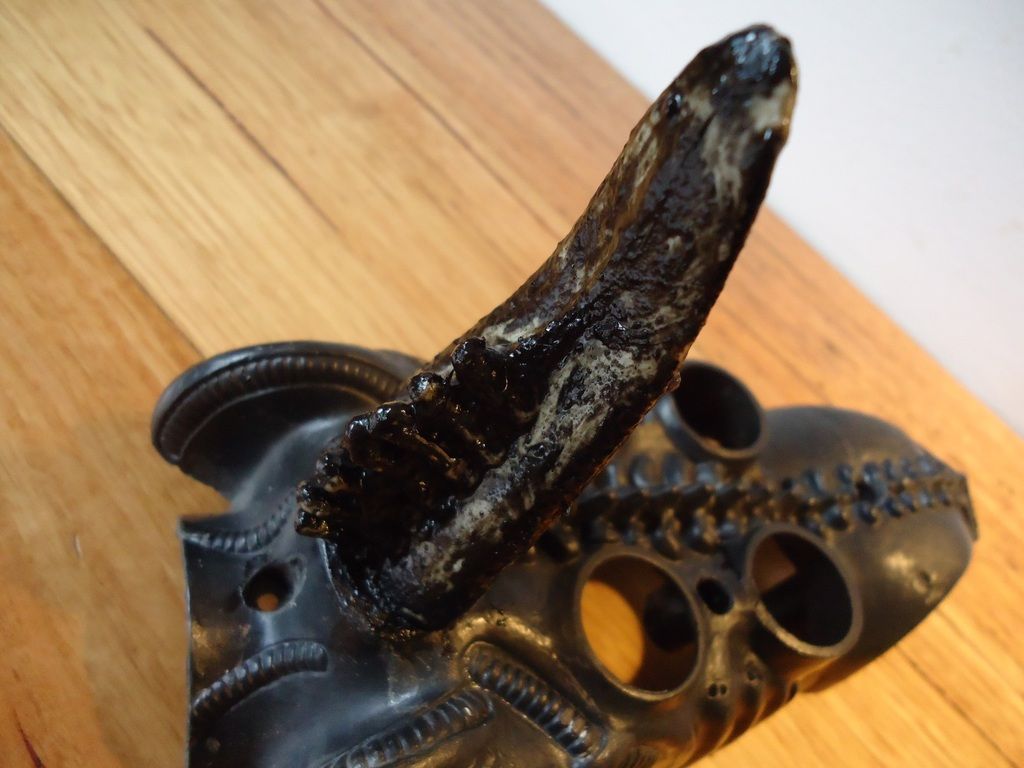

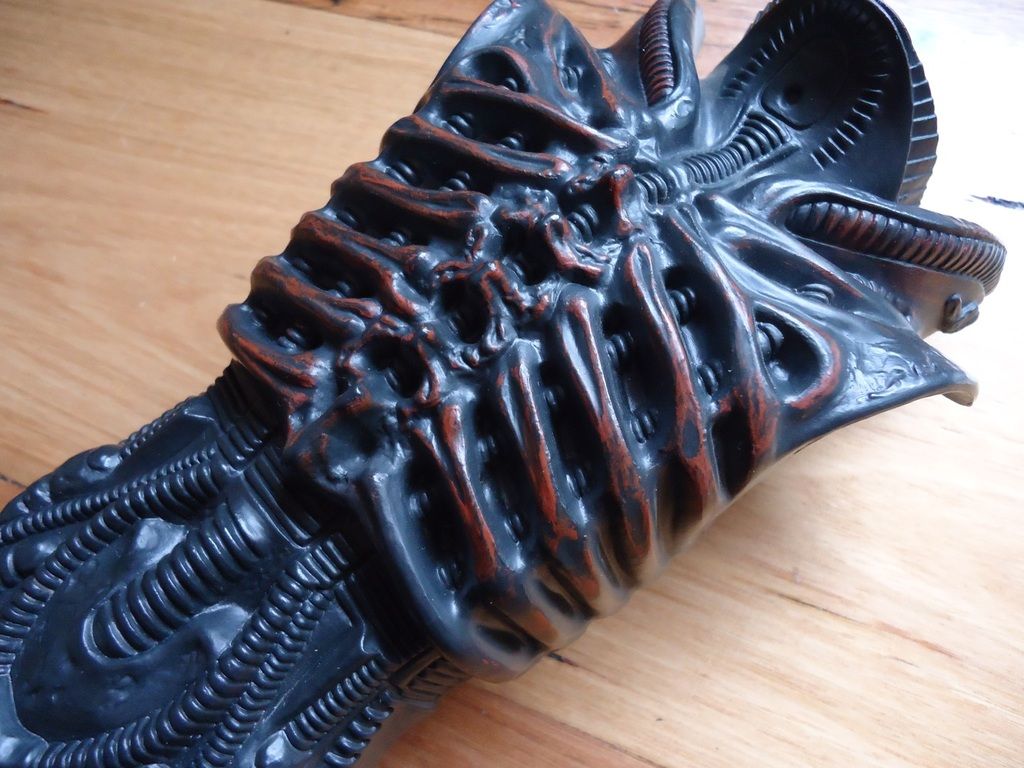

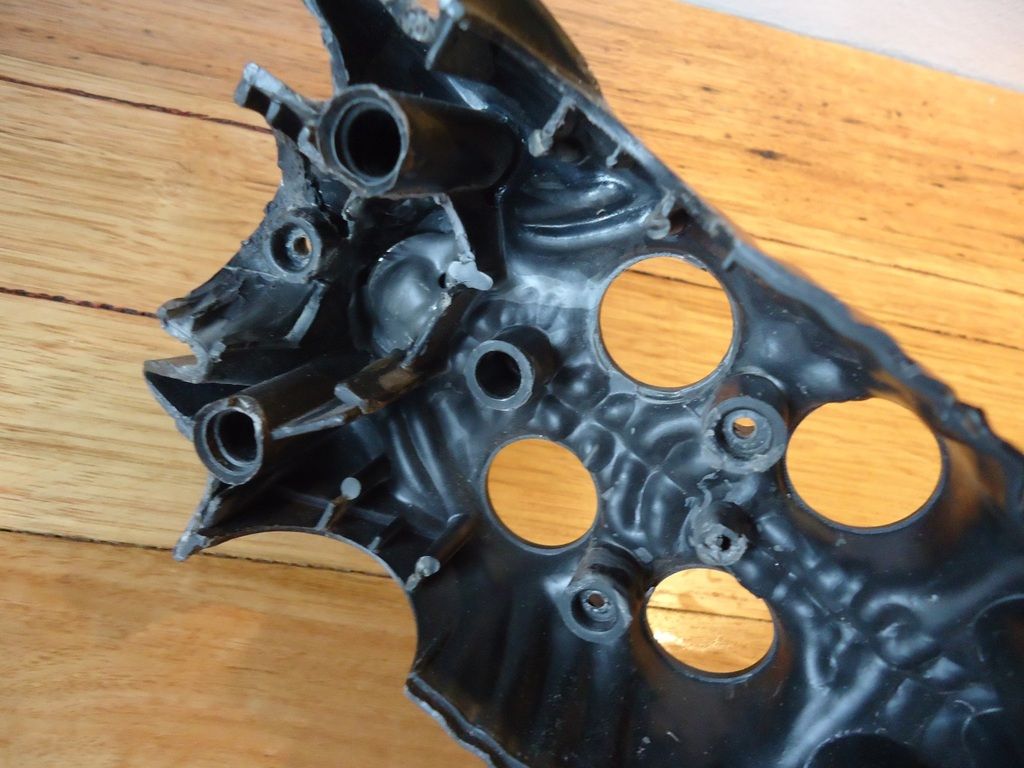

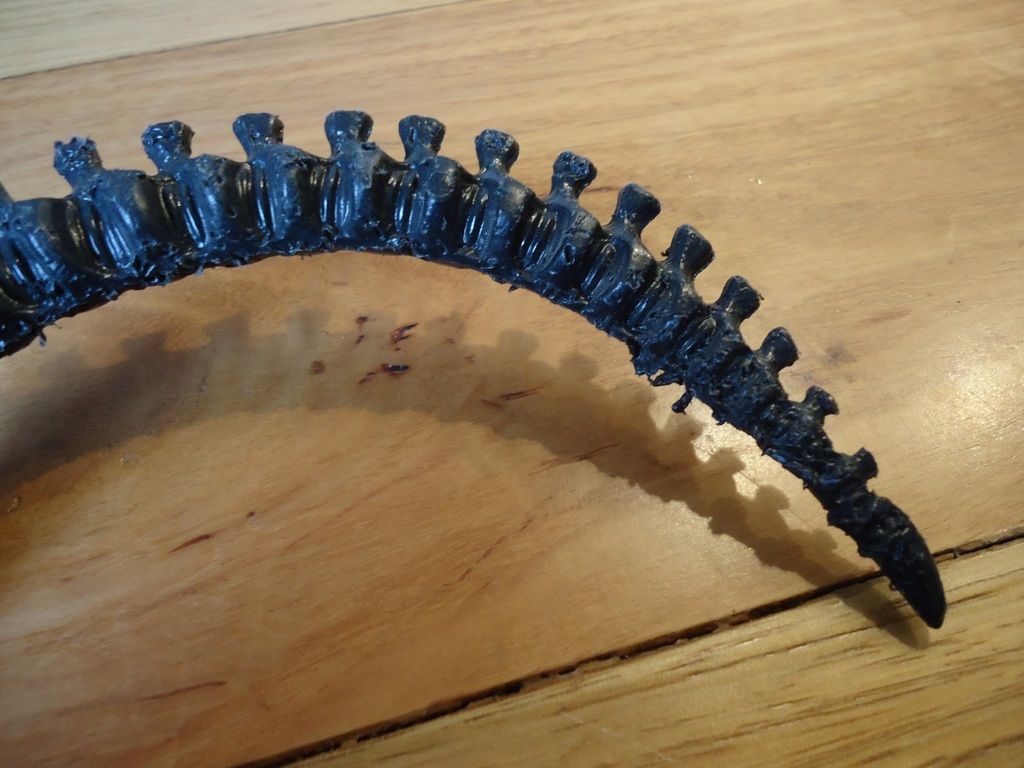
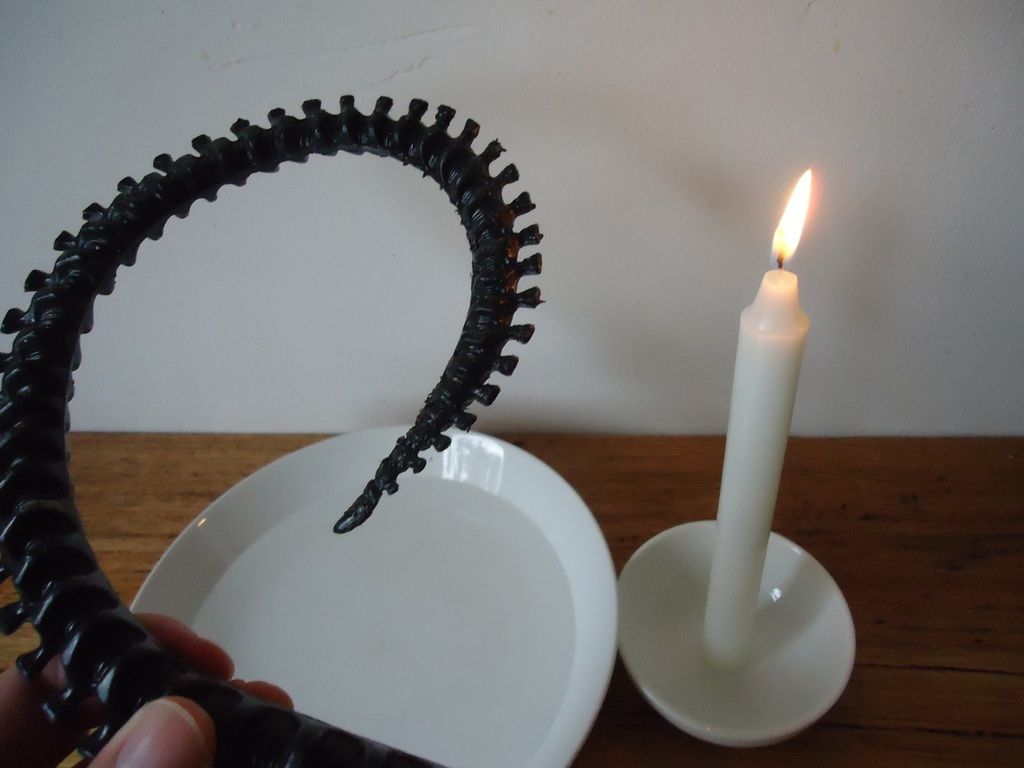
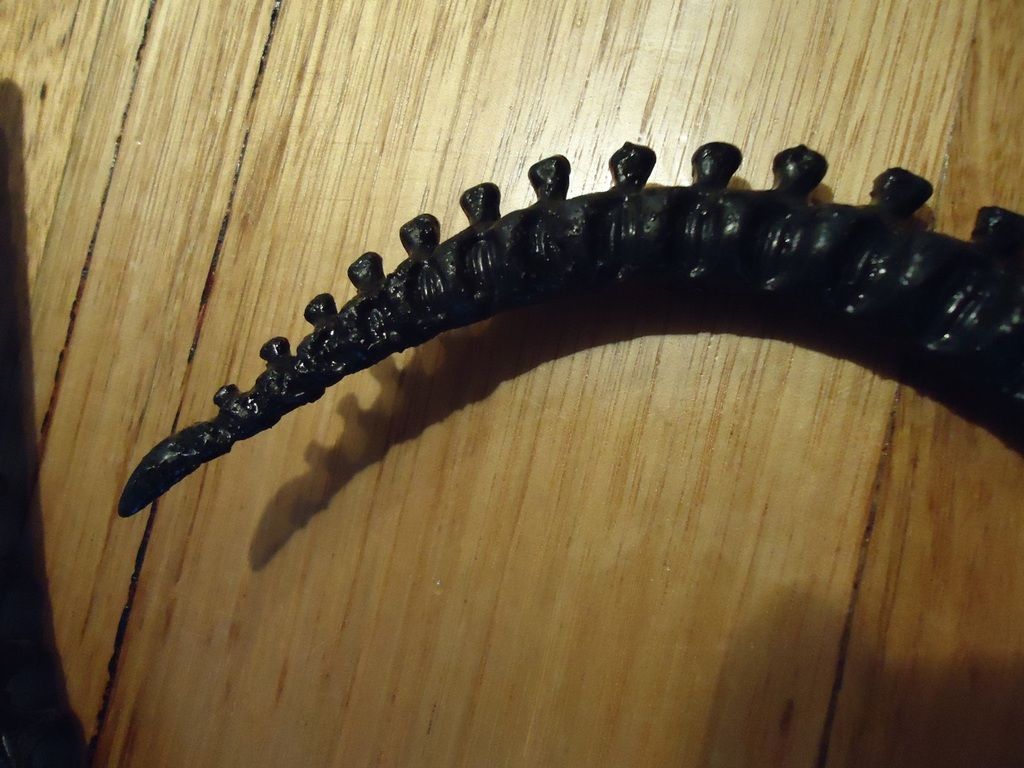
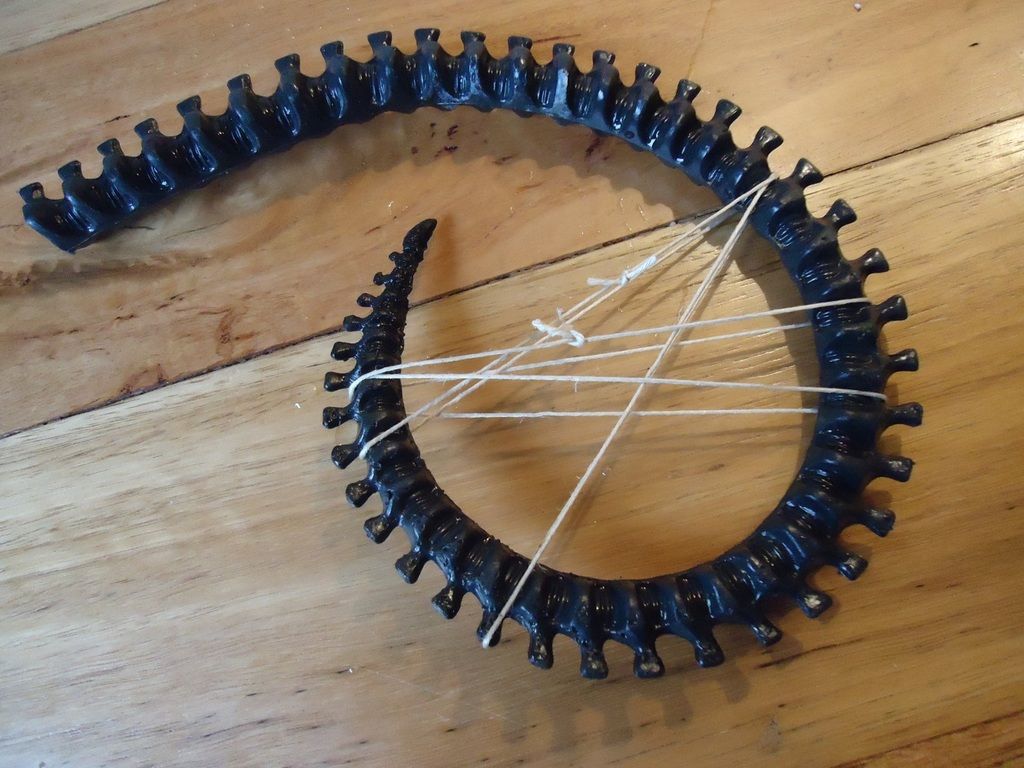
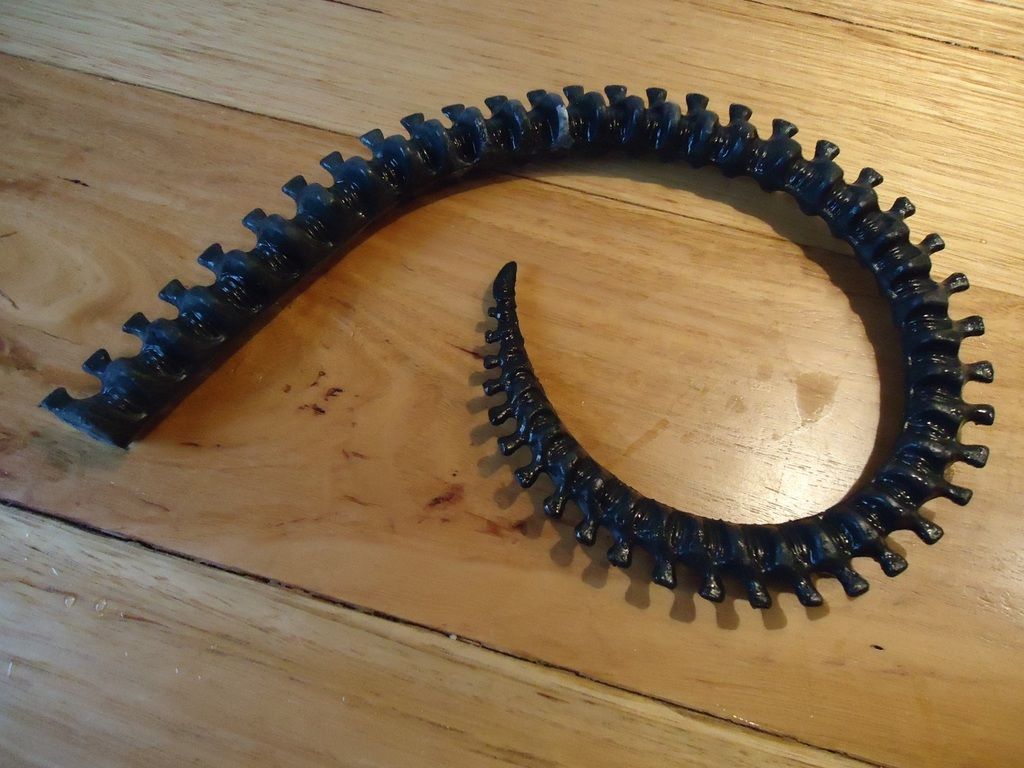
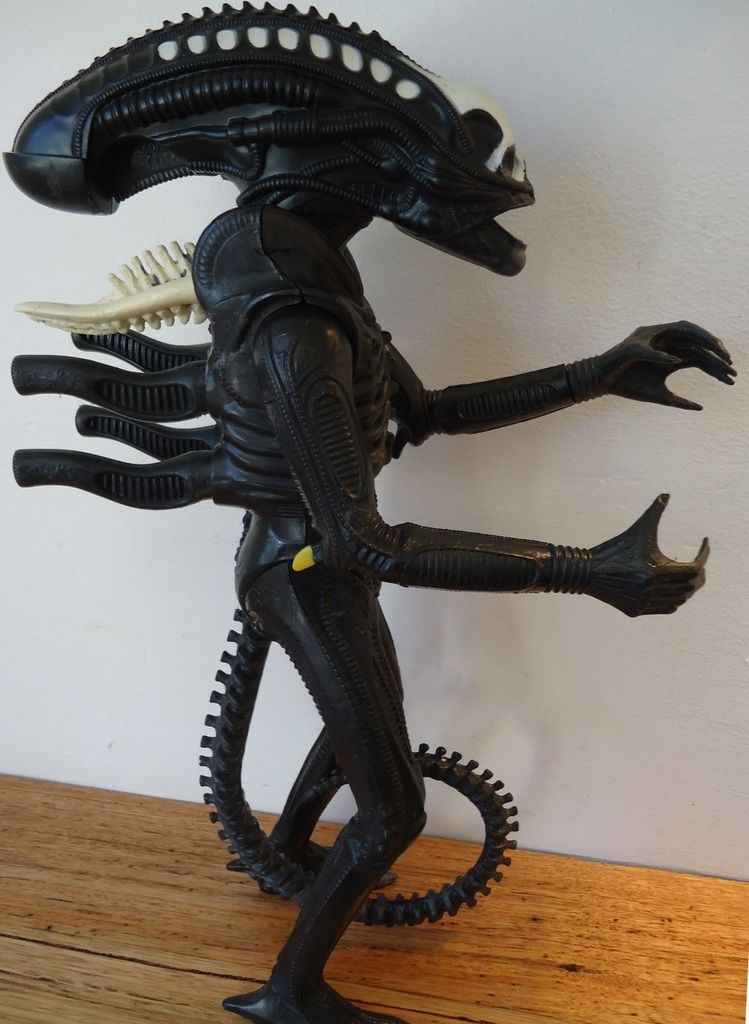
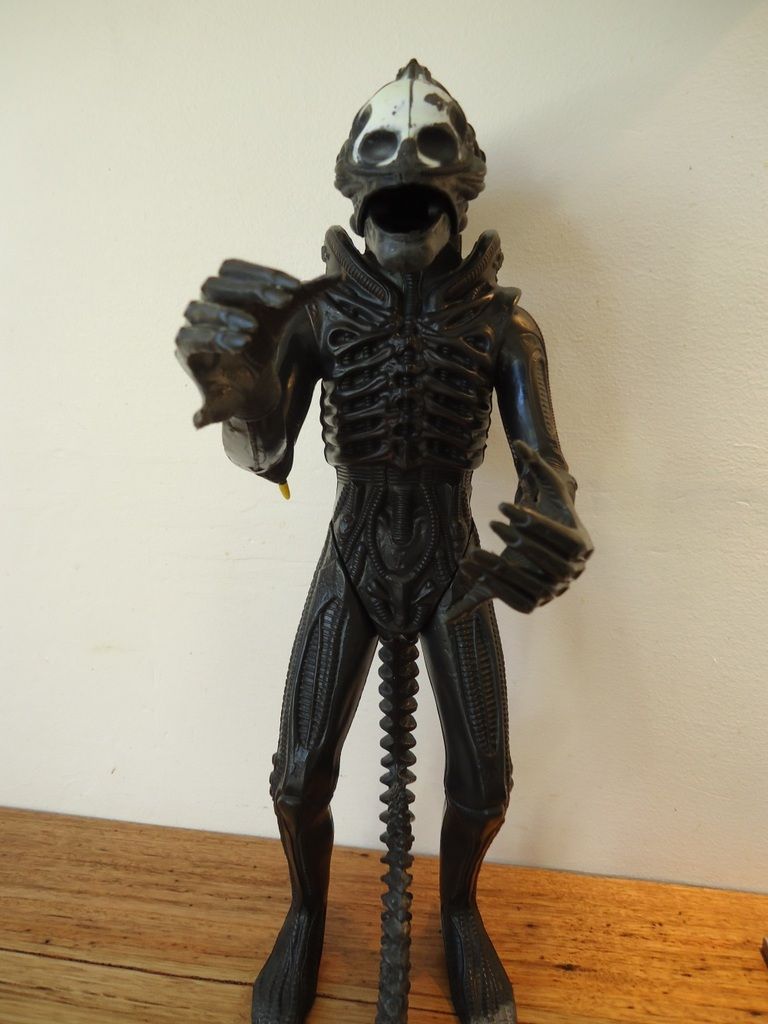
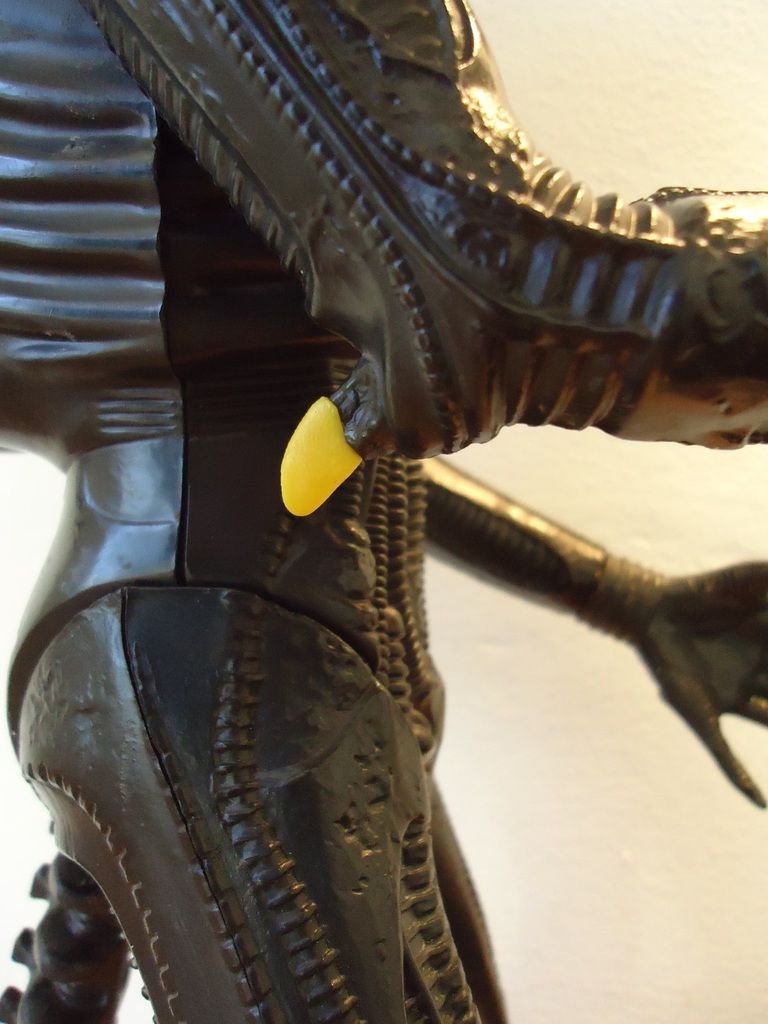
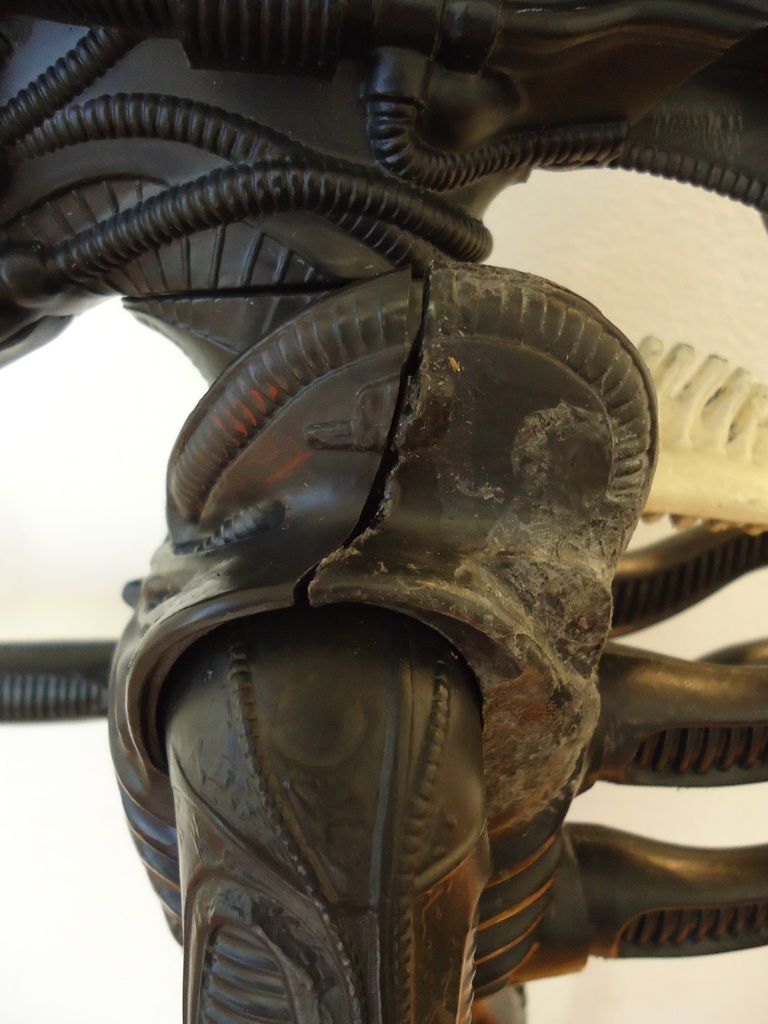
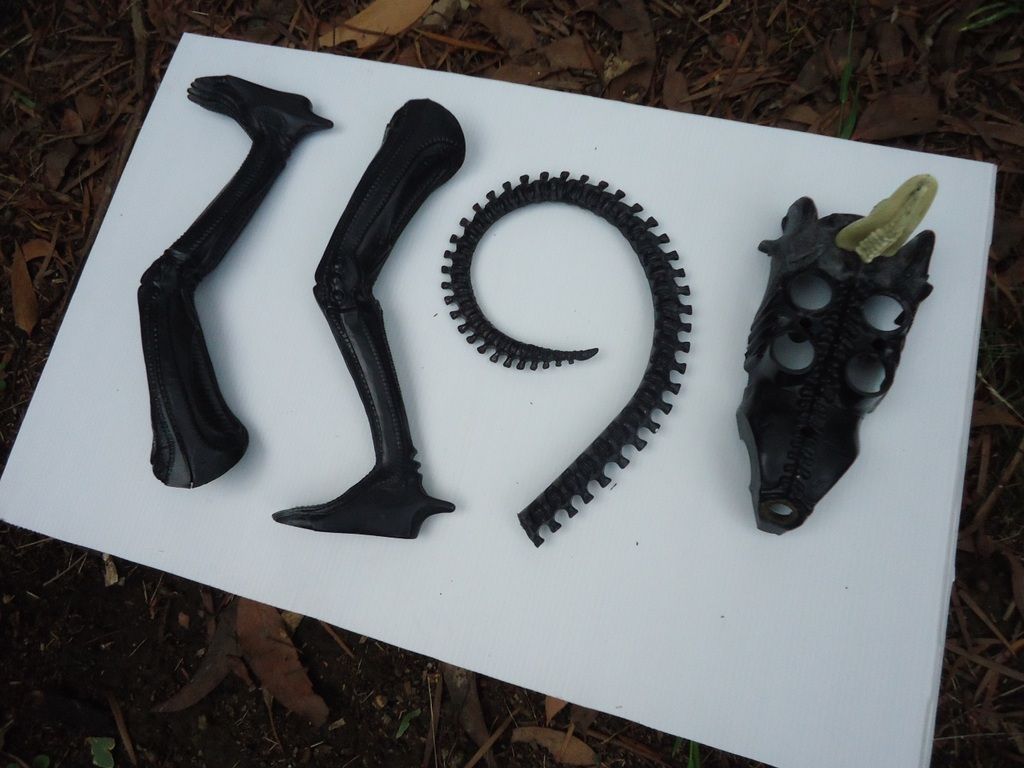

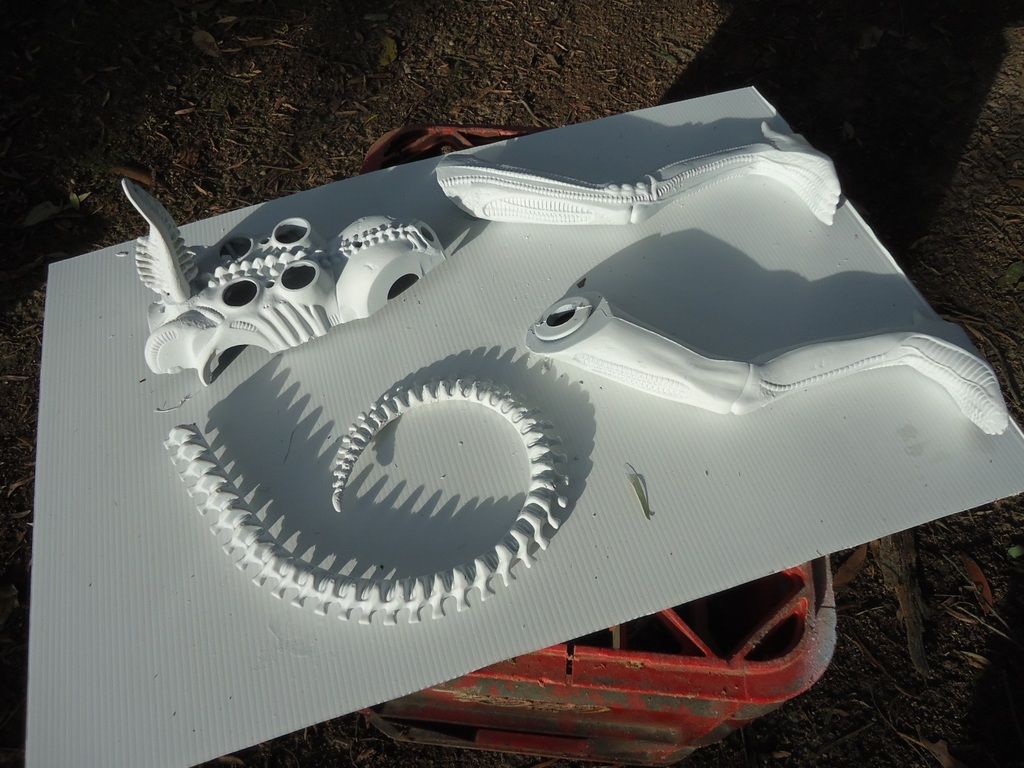
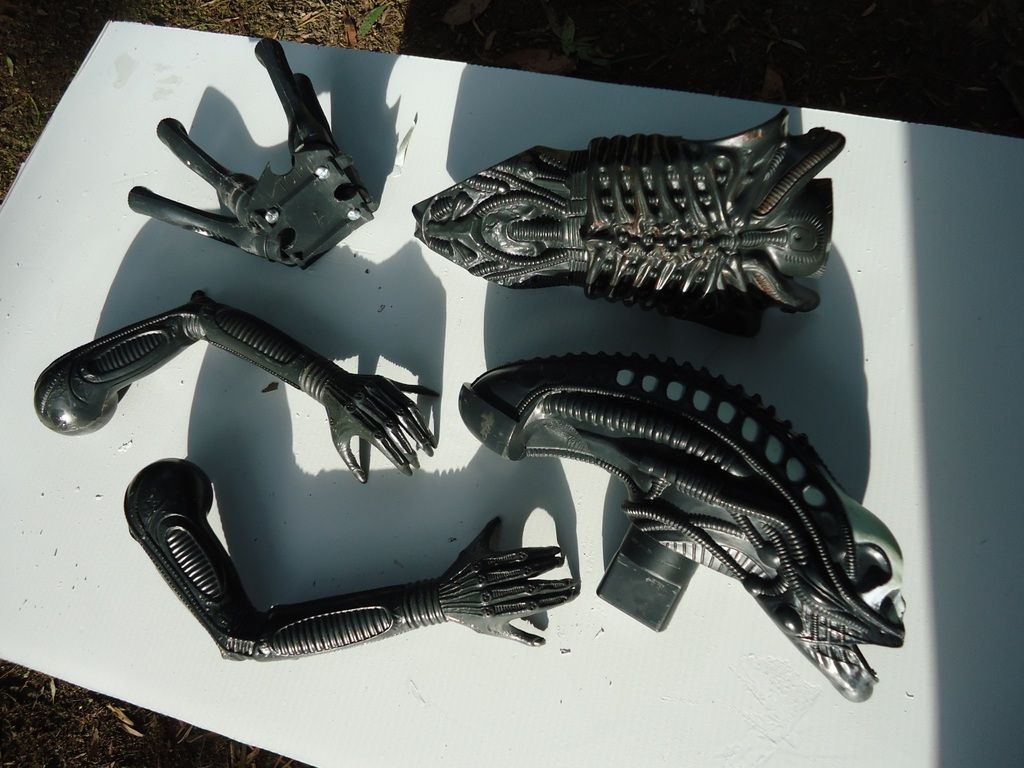
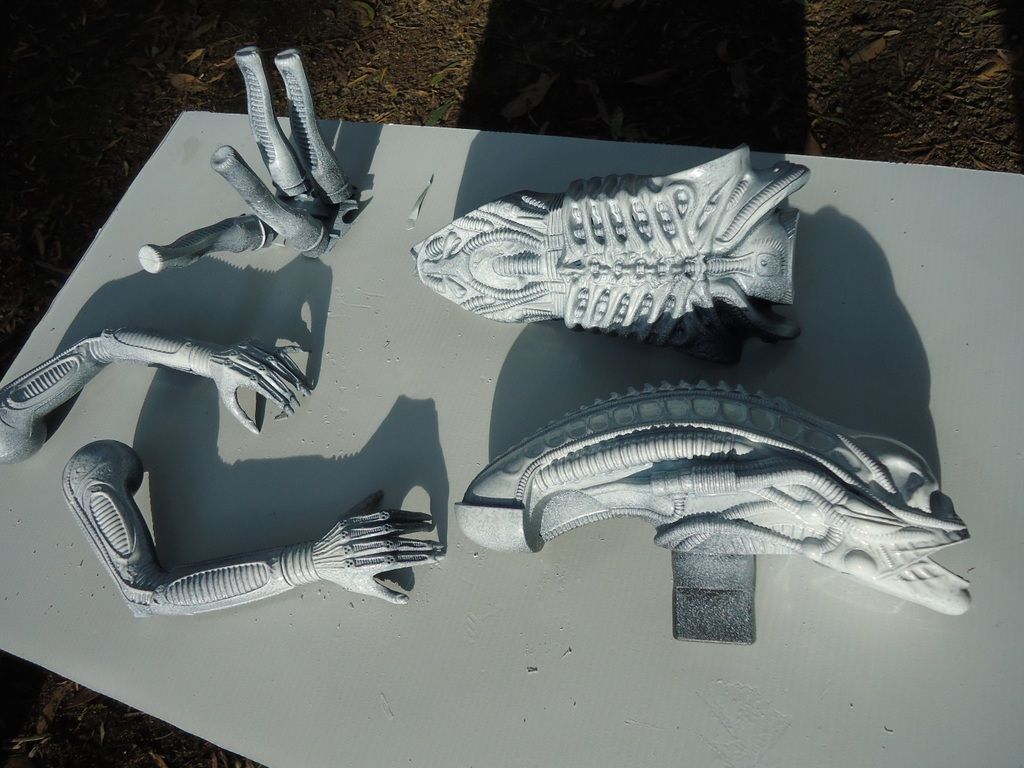
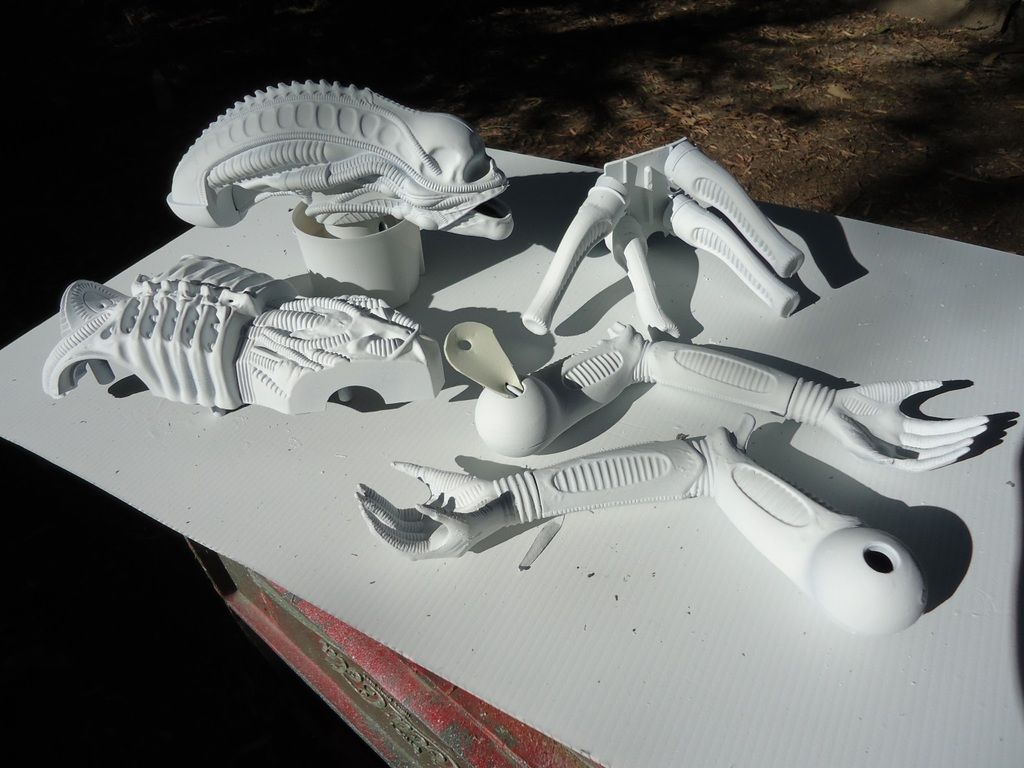
Comment